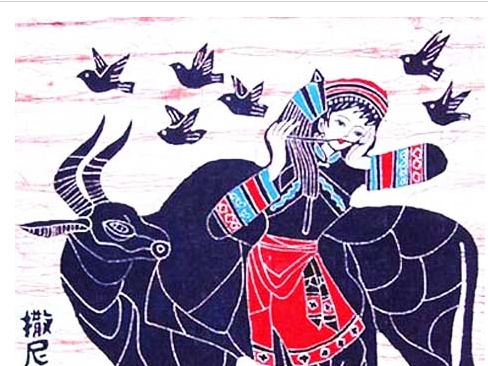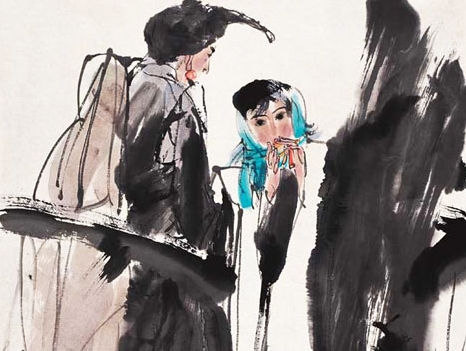

Also known as "harmonica" or "bamboo reed", Chinese mouth organ is a folk musical instrument enjoyed a long history. It comes in various shapes and sizes. The instrument is popular among a dozen or so ethnic groups, such as Yi, Lahu, Naxi, Lisu, Dai and Han. A Chinese mouth organ can be played as a solo, unison or ensemble performance. It also provides ideal accompaniment to singing and dancing. The instrument plays an important part in people's life and work.
There are a wide variety of mouth organs. In terms of material, there are bamboo organs and metal ones; in terms of the number of reeds, there are single and multi-reed types; and in terms of playing method, there are instruments plucked with fingers and those pulled with silk threads.
The mouth organ has been around since the matrilineal clan period of primitive China. It was called "huang" or "reed" at that time. The "huang" was deemed a noble and graceful instrument favored by ancient aristocrats, especially men of letters and refined scholars.
After the Yuan Dynasty, the huang was gradually lost in the central plains and the name of the instrument fell into oblivion. In the Ming Dynasty and beyond, the mouth organ was recorded in historical documents as harmonica.
In some areas of China dominated by ethnic minorities, the huang has been popular since ancient times. According to historical data, way back in the late fourth century BC, it was all the rage in areas around Sichuan, Yunnan and Guizhou.





